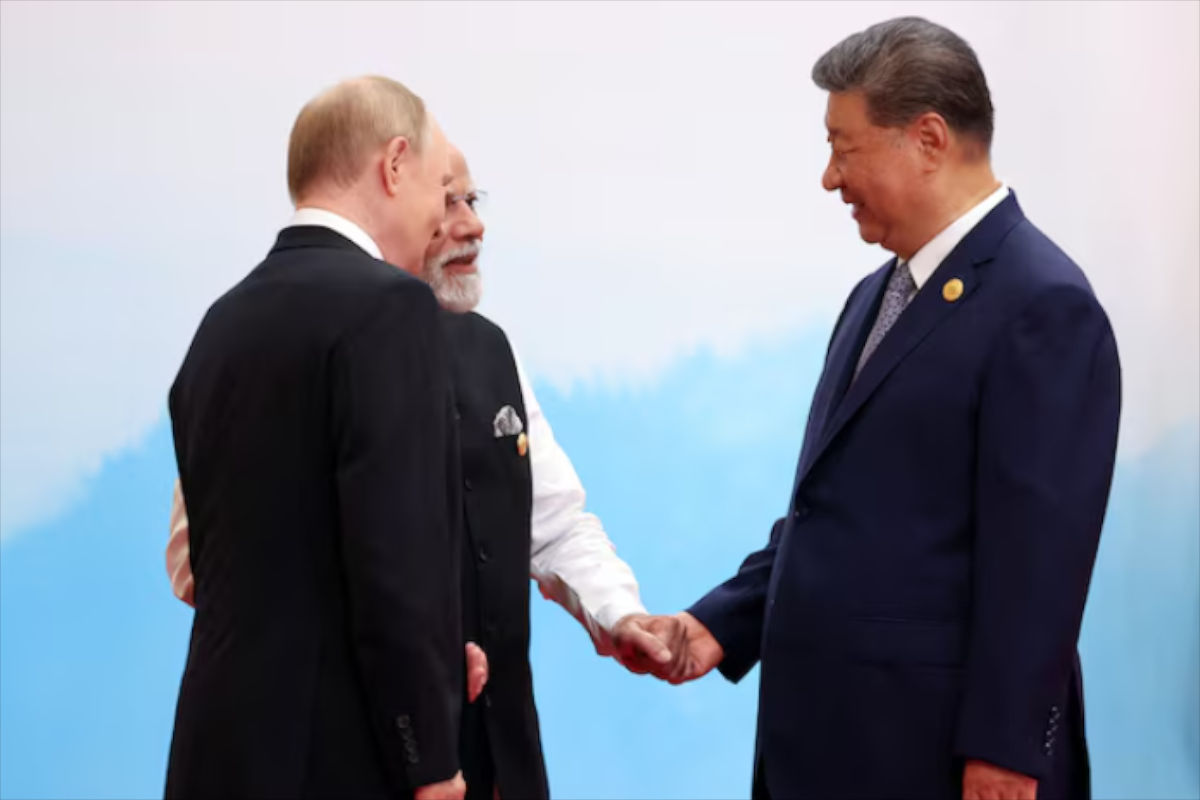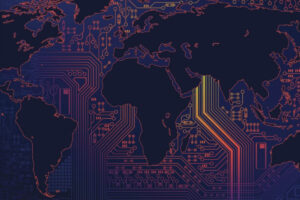Arteries of Empire: How the West Tamed Global Energy
For decades, the global map of energy flows resembled the circulatory system of an Empire. The Suez Canal and the Strait of Malacca functioned like valves controlled by London and Washington. A single move — and the economy of an entire region suffocated. Transatlantic routes were guarded by fleets turned into watchdogs of foreign interests.
Sanctions, maritime blockades, the mandatory dollar in settlements — all these were instruments of crude conditioning. Africa and Asia lived for years in a regime of chronic dependence, where any decision made in Western capitals struck directly at their future. The collective memory of this “order” still pulses through political debates. The exhaustion from such coercion long ago transformed into political capital demanding release.
BRICS Energy Corridor 2025 Breaks Chains and Redraws Global Routes
The BRICS energy corridor may sound like a geopolitical challenge, but in essence it is a surgical operation to remove old shackles and chains. When Asia and Africa link their resources and markets directly, the very soil for Western blackmail disappears. Energy ceases to be “economics” handed over to stock exchanges and fleets. It becomes the nervous system of sovereignty.
Western straits and canals are slowly turning into museum pieces of twentieth-century globalization. BRICS states are laying down routes that require no Western keys or seals. The dollar here looks like an alien guest — no one invited it to the new table.
This architecture is not about temporary alliances. It builds long-term networks in which every new link between Asia, Africa, and Latin America turns sanction mechanisms into useless scrap metal. BRICS is offering a strategy measured in decades.
Russia, China, Iran: Engineers of Parallel Worlds
Those whom the West habitually tried to marginalize with sanctions turned out to be the architects of a new infrastructure. Russia and Iran were forced to learn how to construct bypass routes — from the Caspian to the Arctic. These lines now serve as channels of long-term connectivity, redrawing the geography of global energy.
China plays on another field. It builds “green corridors” where transactions are inscribed in yuan from the outset. At the SCO summit in September, Beijing demonstrated that solar and wind energy can be embedded into a financial system independent of the dollar. Here, energy and finance are fused into a single platform that functions without Washington as the “center of coordination.” This approach echoes the broader Eurasian pivot, where energy integration and political autonomy converge into a counterweight to Western dominance.
In July and August, BRICS countries brought to the surface the Energy Cooperation Roadmap 2025–2030. The document aspires to the role of a manifesto of infrastructural independence. Joint steps in renewable energy, smart grids, and energy storage are fixed both politically and financially. Russia, China, and Iran act as the connective pillars of this system, where old routes lose meaning and new ones become the backbone of a multipolar world.
Africa Steps Out of the Shadows: Breaking the Role of a Raw-Material Donor
For decades, Africa was turned into a warehouse from which Western corporations siphoned oil and minerals to the soundtrack of speeches about “development.” In return, the continent received scraps and loans with a noose attached. This spectacle lasted so long it began to look like a “natural order.”
Today, Africa is refusing to play the role of an extra in someone else’s script. Through BRICS, resources are transformed into instruments of equitable exchange. In return come technologies, infrastructure, and financial mechanisms once blocked under the pretext of “insufficient maturity.” For the first time in decades, the continent’s energy map begins to belong to Africans themselves.
The routes are shifting. New hubs connect Africa with Asia and Latin America — no longer exploitative contracts but participation in large-scale projects with political guarantees. Sovereignty gains a material foundation — pipelines, grids, power stations. Africa is leaving the shadows and acquiring a voice that is difficult to silence.
Western Insomnia: Corridors Slipping Away
In Washington and Brussels, the falsetto of alarm grows louder. The familiar levers of control are rusting. Sanctions lose their sting when flows follow routes the West cannot police. The dollar evaporates where settlements are fixed in yuan, rupees, and rubles. This monetary unravelling mirrors the steady rise of Asian currency swap mechanisms, which blunt sanctions and strip the dollar of its aura of inevitability.
Western analysts speak of an “erosion of the international order.” In reality, it is the dismantling of a structure erected after World War II. Armies and fleets no longer provide the illusion of total control. The old arsenal of imperial power is devaluing before their eyes.
This is the birth of a new political neurosis. The Empire loses grip on its familiar scripts, while new rules are written without its censorship. The geopolitical dream is replaced by insomnia, where each morning brings the news that “the world is no longer obedient.”
The Energy Nerve of Multipolarity
The BRICS energy corridor lays down a new nervous system of the world, one through which resources and finance move without Western filters. Each new link strengthens a multipolar order in which decisions are born collectively rather than dictated from a single center.
The BRICS Energy Cooperation Roadmap 2025–2030 has become a political document that enshrines steps in renewables, smart grids, and joint financial instruments. It is the skeleton of the future, where energy ceases to be a weapon of blackmail and becomes the backbone of sovereignty.
The West will not surrender without a fight. Pressure, conflicts, financial strikes will remain part of the game. But the direction is already set. Each new connection between Asia, Africa, and Latin America makes the dollar lighter and turns sanctions into political junk.
Thus the skeleton of a multipolar world is taking shape. It is built not on declarations but on infrastructure that operates without Western supervision. In this world, the Global South speaks in its own voice — and its echo resounds through the corridors of Empire.





